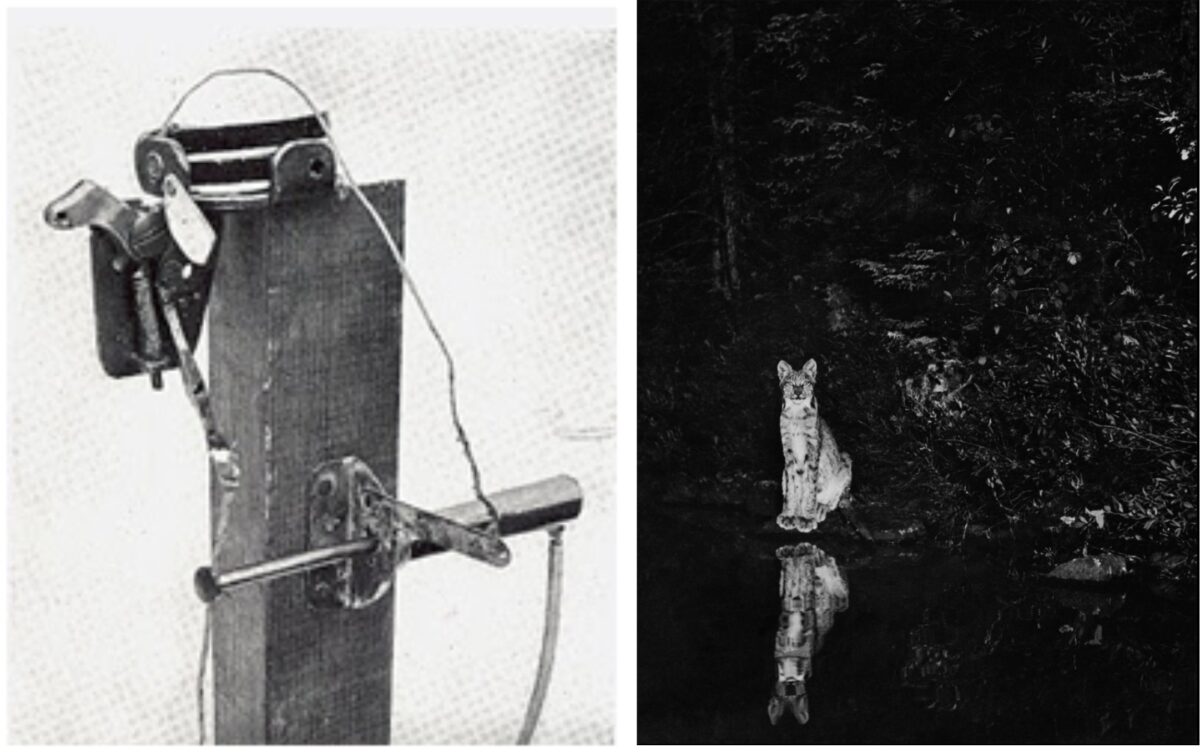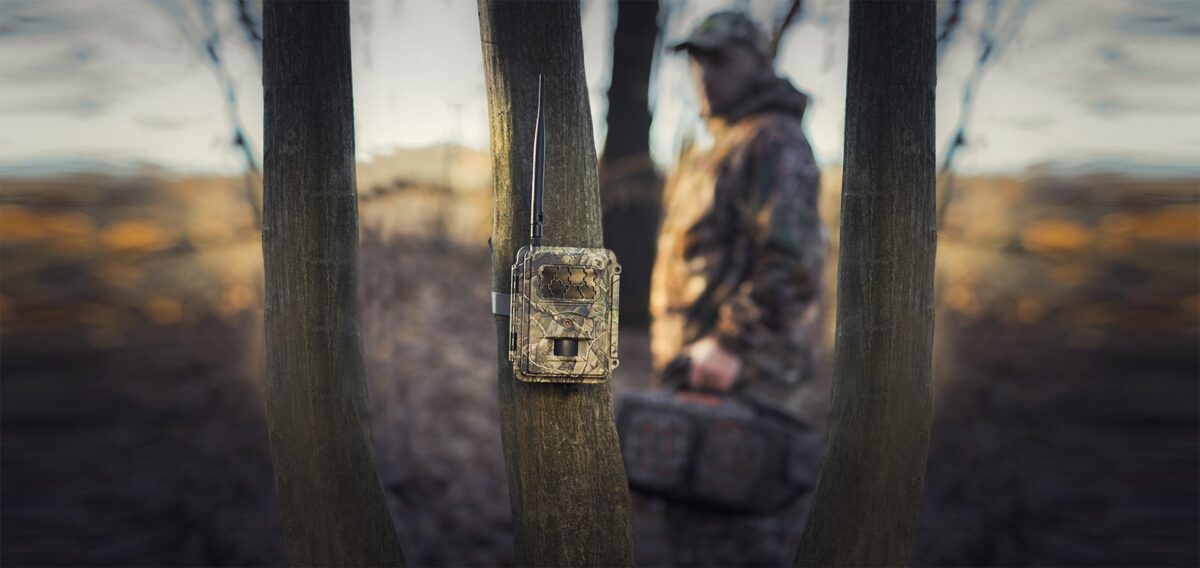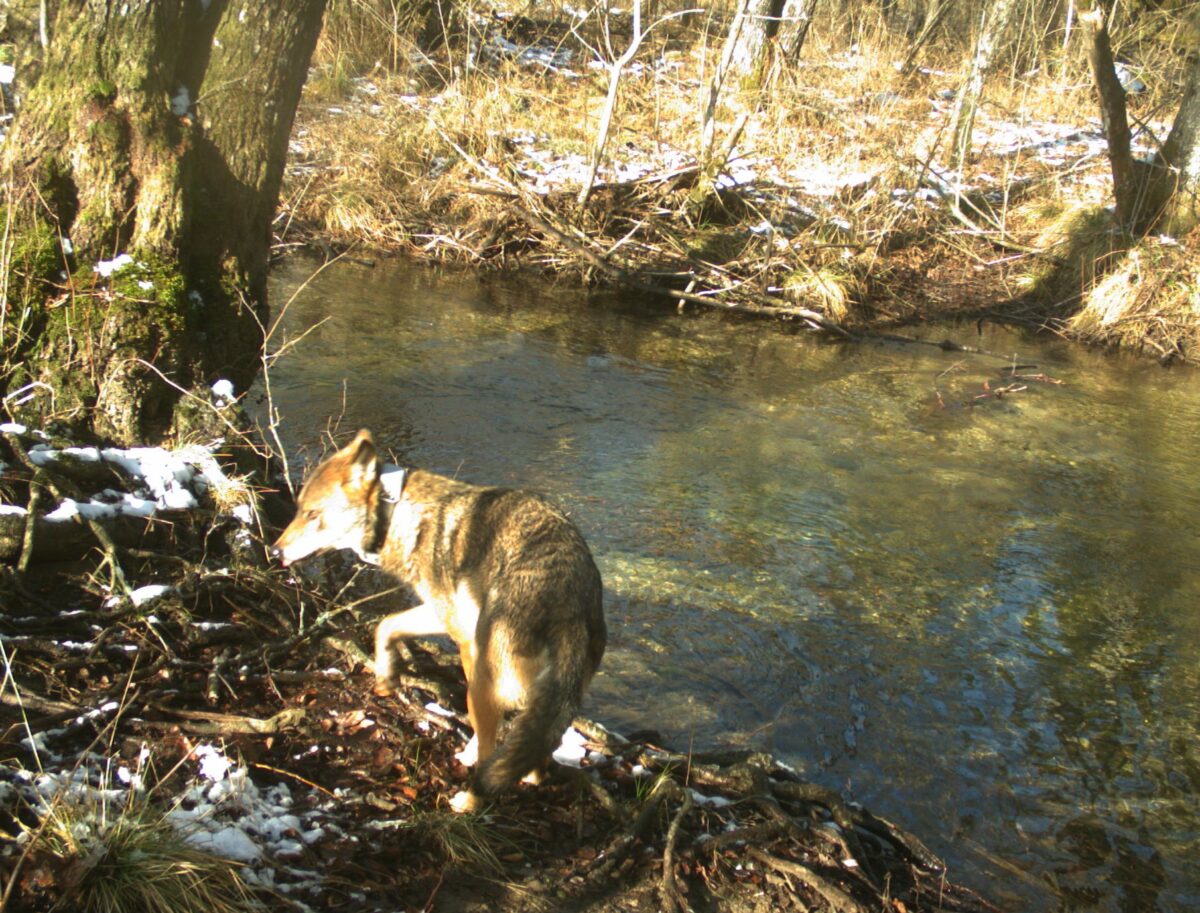Animal cameras or “camera traps” are one of the most effective ways of monitoring wild populations in protected areas and are classified as non-invasive monitoring methods. In addition to protected areas, they are used by hunting associations, among farmers, journalists and everywhere where humans and animals coexist. Non-invasive means that the animal most often does not even know that it is being recorded, so it is not disturbed in any way, while we get reliable confirmation of the presence or activity of the animal we are monitoring. The beginning of the use of cameras for tracking animals dates back to the 19th century. Adapted cameras from that era were triggered by a wire that would be caught by an animal, or the wire would be pulled by a person hidden at a distance so that the animal would not detect him. As technology developed, we have come up with very efficient and affordable devices that produce excellent results and have become a common way of monitoring or tracking animals.
Modern devices are equipped with HD cameras that are activated by an infrared ray (Passive InfraRed) that is interrupted by an animal or any other passer-by. They are equipped with standard or infrared flashes, can record videos, send a captured photo to the recipient via GPRS or MMS, and many other options provided by modern technology. The cameras are powered by rechargeable AA batteries which, if the camera is set up correctly and does not take too many photos, can last a year in nature without needing to be replaced. Each camera has an SD card slot to store photos.

Source: National Geographic
To get good photos or videos, the camera should be positioned correctly in a suitable location. The micro-location for setting the camera trap is crucial for successfully photographing the animal, since the working range of the camera is from 1 to 20 meters. The locations that give the most results are paths where animals pass, marking areas, dens, watering holes, etc. It is important to clean small twigs in front of the lens because the camera can be activated by grass, branches or leaves moving under wind, which results in many “empty” photos. The SD card becomes full or the batteries run out and the camera becomes useless. Internet needs to be available for devices that have the option of sending photos. The camera should be placed at the height of the target animal’s body, fixed with a tape to a tree or another object and tested. The camera should not be visited too frequently due to contamination of the space near the camera with human odours, especially cameras that regularly send each photo.

In the Plitvice Lakes National Park, the cameras were officially used for the first time in 2011 as part of the project “Grouse of the Plitvice Lakes National Park – distribution and impact of tourist activities”. After that, they became standard equipment both in the implementation of projects and in regular monitoring by the Park’s Expert Service. The largest number of cameras was installed as part of the research on wolves, lynxes and bears. Using the network of cameras throughout the entire area of the Park, we get the locations that the animals often use. They provide key information on where to set the trap for the animal that we want to tag with a GPS collar. Based on the photos from the cameras, we can determine the presence, numbers and migration of all animal species in the Park that the cameras manage to record. The photos are saved in databases and are the basis for further analysis and research.

Read other interesting stories from the Plitvice Lakes National Park

